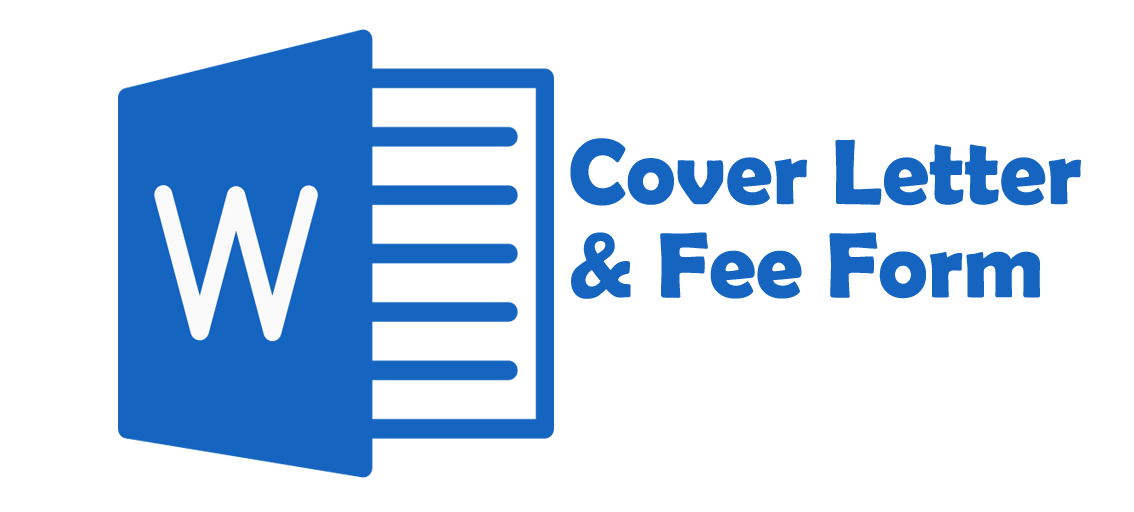PERBANDINGAN EFEKTIFITAS PENYULUHAN KESEHATAN GIGI METODE DONGENG (STORYTELLING) DENGAN METODE BERMAIN PERAN (ROLE PLAY) PADA SISWA KELAS 3 SEKOLAH DASAR
Abstract
Background and purpose: Dental caries is a problem that often arises in children. One contributing factor is the child's behavior. Behavior began to form of knowledge, and knowledge to stimulate a change in attitude and action. The knowledge of elementary school children about dental health at the level of bad and less. Children have characteristics consistent with the cognitive development, is one of the aspects to be considered in determining the appropriate target education and the education methods will be used. The purpose of this education is to see the difference in the effectiveness of storytelling method and role play method as an method of dental and oral health education on a 3rd grade elementary school. Material and Methods: The research method was quasi experimental with pretest and posttest design. Samples were taken by using purposive sampling technique with a sample of 54 students in grades 3 SDN 22 Andalas Padang. The samples were divided into 2 groups with different treatment, 27 students with storytelling method and 27 students with role play method. The level of knowledge was measured through filled questionnaires before and after education. Analysis of the data used is paired T test and independent T test (p <0.05). Results and conclusions: results analysis of test showed a significant increase in knowledge (p <0.05) after being given an education on each method with a significance value of 0.000. The average change knowledge in the storytelling method was 14.26 ± 4.09 while the role play method was 17.96 ± 3.99. There are differences in effectiveness between the two methods of education to increase knowledge with a significance value of 0.001 (p <0.05). The conclusion of this study is role play as a method of dental and oral health education is an effective method to increasing knowledge.
Keywords:role play, storytelling, education, elementary school students















